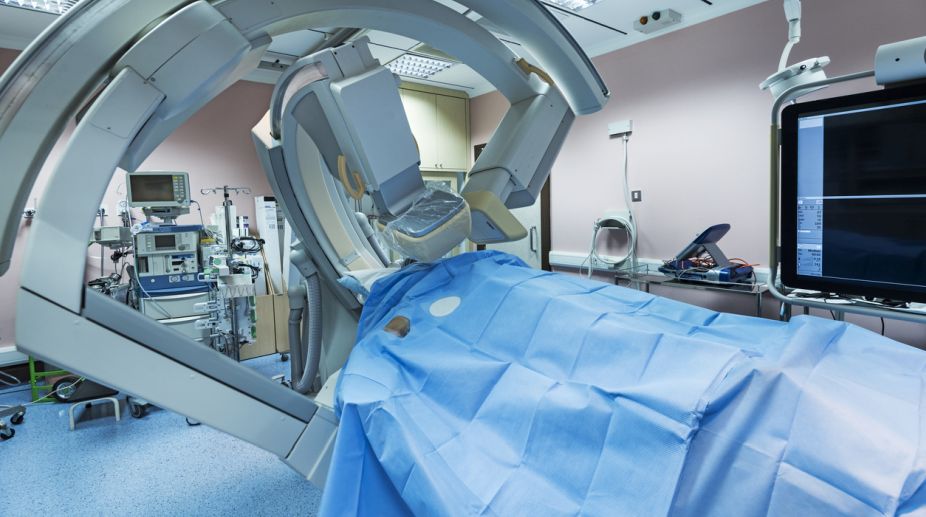Scientists have developed a new wireless, battery-less pacemaker that can be implanted directly into a patient's heart, an advance that could lead to "triple crown" of treatment for irregular heartbeat.
The pacemaker harvests energy wirelessly from radio frequency radiation transmitted by an external battery pack, researchers at Rice University in the US said.
Advertisement
The chip at the system's heart is less than four millimetres wide and incorporates the receiving antenna, a current rectifier, a power management unit and a pacing activation signal.
"This technology brings into sharp focus the remarkable possibility of achieving the 'triple crown' of treatment of both the most common and most lethal cardiac arrhythmias (irregular heartbeat)," said Mehdi Razavi, associate professor at Baylor College of Medicine in the US.
The treatment involves "external powering, wireless pacing and cardiac defibrillation that is not only painless but is actually imperceptible to the patient," said Razavi.
A defibrillator delivers a dose of electric current to the heart.
The team successfully tested the device in a pig and demonstrated it could tune the animal's heart rate from 100 to 172 beats per minute.
A capacitor (energy storing device) and a switch join the chip on a circuit board that is smaller than a dime. The chip receives power using microwaves in the 8 to 10 gigahertz electromagnetic frequency spectrum.
The frequency of the pacing signals produced by the pacemaker can be adjusted by increasing or decreasing power transmitted to the receiving antenna, which stores it until it reaches a predetermined threshold, researchers said.
At that point, it releases the electrical charge to the heart and begins to fill again, they said.
Pacemakers use electrical signals to prompt the heart to keep a steady beat, but they have traditionally not been implanted directly into a patient's heart, researchers said.
They are located away from the heart, where surgeons can periodically replace their onboard batteries with minor surgery, their electrical signals are transmitted to the heart via wires called 'leads'.
The prototype wireless pacemaker reduces these risks by doing away with leads.











